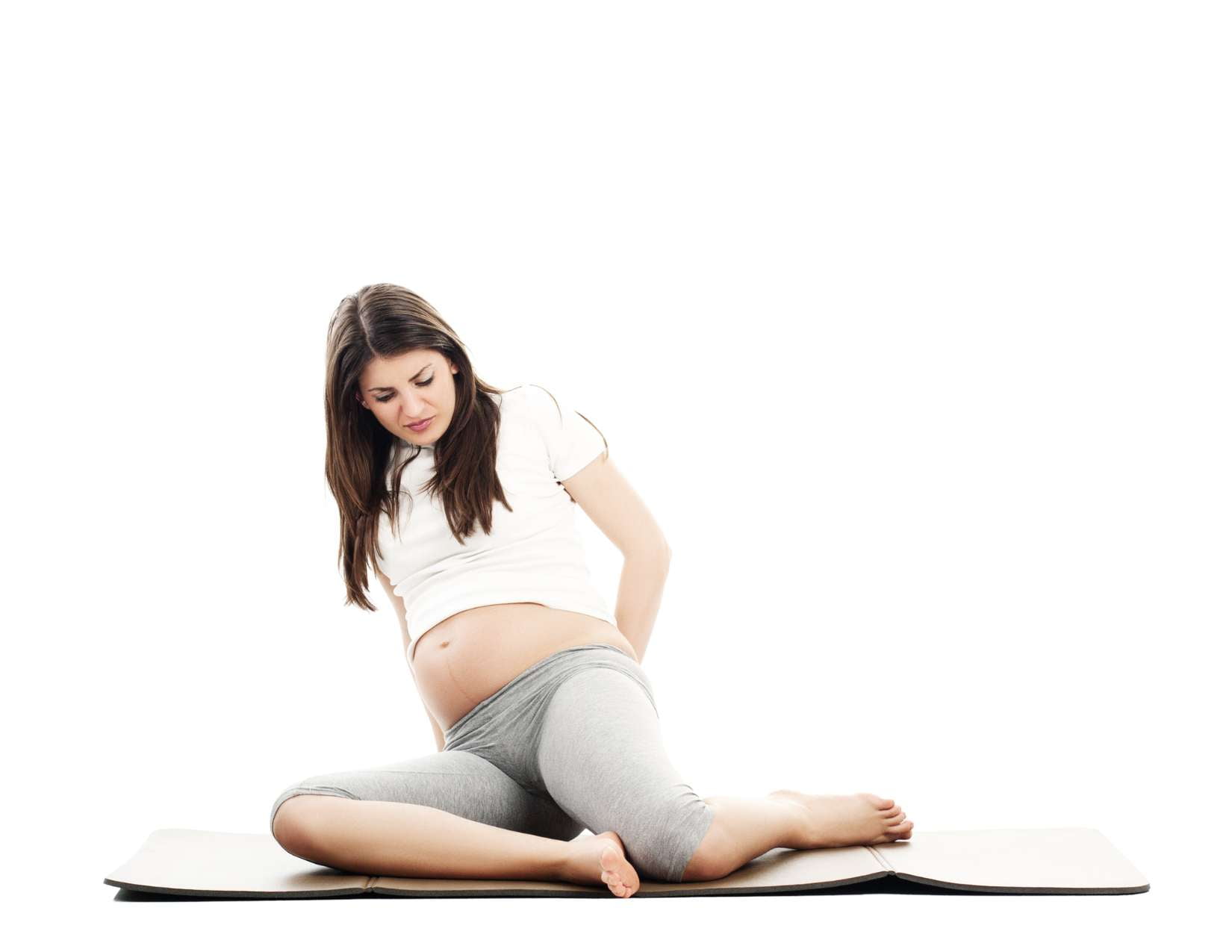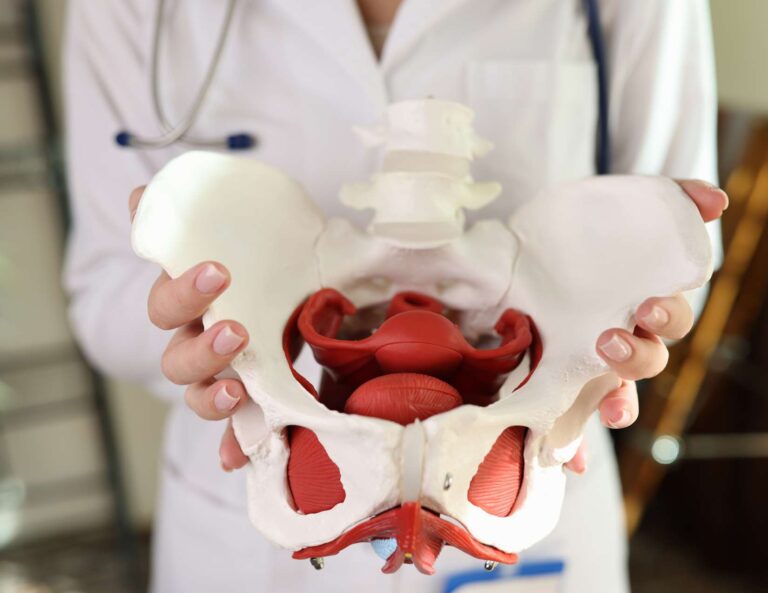Piriformis Syndrome in Pregnancy: The Ultimate Guide
As a mom who’s been through the joys and challenges of pregnancy, I know firsthand that it can be a wonderful, but also difficult time. One particular issue that some women face is Piriformis Syndrome in pregnancy. This condition can cause pain, discomfort, and even disability during pregnancy. In this article, I’ll explain what Piriformis Syndrome is, how it affects pregnant women, and what YOU can do to find relief!

What is Piriformis Syndrome and how does it affect pregnant women?
Piriformis Syndrome is a condition that occurs when the piriformis muscle, located in the buttocks, compresses the sciatic nerve. This can cause pain in the buttocks, hips, and legs. Pregnant women are particularly susceptible to this condition due to the added weight and pressure on the pelvic area.
Piriformis Syndrome vs Sciatica during pregnancy
Piriformis Syndrome is often confused with sciatica, another condition that can cause pain in the lower back and legs during pregnancy. However, Piriformis Syndrome specifically involves compression of the sciatic nerve by the piriformis muscle. Sciatica, on the other hand, is caused by compression of the sciatic nerve by the vertebrae in the lower back.
Causes of Piriformis Syndrome during pregnancy
The primary cause of Piriformis Syndrome during pregnancy is the increased weight and pressure on the pelvic area. This can cause the piriformis muscle to compress the sciatic nerve, leading to pain and discomfort. Additionally, hormonal changes during pregnancy can cause the ligaments and muscles in the pelvic area to become more relaxed, which can exacerbate Piriformis Syndrome symptoms.
Symptoms of Piriformis Syndrome in pregnancy
The symptoms of Piriformis Syndrome during pregnancy can vary, but often include pain in the buttocks, hips, and legs which tend to mimic the symptoms of sciatica. This pain can be sharp or dull, and may be accompanied by numbness or tingling sensations. Some women also experience difficulty walking or standing for long periods of time.
Risks of untreated Piriformis Syndrome during pregnancy
If left untreated, Piriformis Syndrome in pregnancy can lead to more severe pain and discomfort. Additionally, it can make it difficult to perform everyday activities like walking, sitting and sleeping. In some cases, Piriformis Syndrome can also lead to muscle weakness or loss of sensation in the affected area.
How to diagnose Piriformis Syndrome during pregnancy
If you suspect that you may have Piriformis Syndrome in pregnancy, it’s important to speak with your healthcare provider. Your provider may perform a physical exam to check for tenderness in the affected area, as well as perform tests to rule out other conditions. Additionally, they may refer you to a specialist for further evaluation and treatment.
Tips for piriformis syndrome relief during pregnancy
If you’re experiencing Piriformis Syndrome in pregnancy, there are several things you can do to find relief. First, try to avoid activities that worsen your symptoms, such as sitting or standing for long periods of time. Additionally, try using a cushion or pillow to support your hips and lower back when sitting or sleeping. You can also try applying heat or ice to the affected area for pain relief. Lastly, wearing supportive shoes during pregnancy will help keep your body balanced and reduce pain.
Piriformis Syndrome treatment in pregnancy
There are several treatment options for Piriformis Syndrome in pregnancy, including physical therapy, chiropractic care, and medications. Your healthcare provider may recommend one or more of these options based on the severity of your symptoms. Additionally, they may recommend a specific exercise or stretching regimen to help alleviate your pain and discomfort.
Natural remedies for Piriformis Syndrome pain relief
If you prefer to try natural remedies for pain relief, there are several options available. These may include massage therapy, acupuncture, and herbal remedies like ginger or turmeric. However, it’s important to speak with your healthcare provider before trying any new treatments, as some natural remedies may not be safe during pregnancy.
Exercises and stretches for Piriformis Syndrome in pregnancy
Exercises and stretches can be an effective way to alleviate pain during pregnancy. Some recommended Piriformis Syndrome and sciatica exercises include pelvic tilts, squats, and gentle yoga poses. Additionally, stretching the piriformis muscle can help relieve pressure on the sciatic nerve. Your healthcare provider, physical therapist or chiropractor can recommend specific exercises and stretches based on your individual needs.
Prevention tips for Piriformis Syndrome during pregnancy
While Piriformis Syndrome is common during pregnancy, there are several things you can do to reduce your risk of developing this condition. First, try to maintain a healthy weight and exercise regularly to strengthen your muscles and improve your overall health. Additionally, try to avoid activities that put excessive pressure on the pelvic area, such as heavy lifting or high-impact exercise.
Final Thoughts: Staying comfortable and healthy during pregnancy
Pregnancy can be a wonderful and exciting time, but it can also come with its own set of challenges. If you’re experiencing Piriformis Syndrome in pregnancy, know that you’re not alone. Try incorporating some of the natural remedies, exercises, and stretches outlined in this article to help alleviate your symptoms. Remember to take care of yourself and prioritize your health during this special time. By following the tips and recommendations outlined in this article, you can stay comfortable and healthy throughout your pregnancy.






